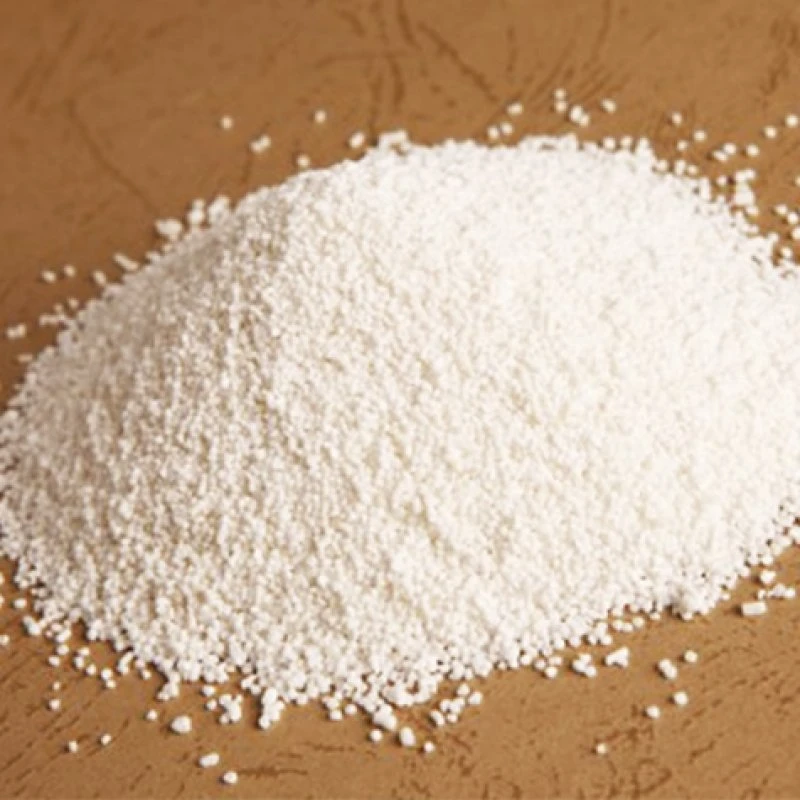



Chlorine Dioxide Solutions for Effective Water Treatment Systems and Applications
Chlorine Dioxide Water Treatment Systems A Comprehensive Overview
Water is an essential resource for life, and its quality is paramount for public health, industrial processes, and environmental preservation. As contamination risks rise, it becomes imperative to utilize effective water treatment methods. Among various water purification techniques, the use of Chlorine Dioxide (ClO2) has garnered attention due to its unique properties and benefits. This article delves into the significance, applications, benefits, and safety considerations of chlorine dioxide water treatment systems.
Understanding Chlorine Dioxide
Chlorine dioxide is a yellowish-green gas at room temperature, which, unlike chlorine, does not form harmful disinfection byproducts such as trihalomethanes (THMs) when it reacts with organic matter. ClO2 is a powerful oxidizer and disinfectant, capable of inactivating bacteria, viruses, and protozoa. Its effectiveness in breaking down biofilms and reducing natural organic matter makes it an ideal candidate for various water treatment applications.
Applications of Chlorine Dioxide in Water Treatment
Chlorine dioxide is utilized in several key areas of water treatment
1. Municipal Drinking Water Many municipalities incorporate chlorine dioxide into their water treatment facilities to ensure safe drinking water. Its capability to destroy pathogens and minimize the formation of harmful byproducts makes it an effective disinfectant.
2. Industrial Water Treatment Industries that require high-quality water, such as food and beverage, pharmaceuticals, and power generation, often implement chlorine dioxide systems to maintain compliance with stringent water quality standards.
3. Cooling Tower Water Treatment In industrial settings, chlorine dioxide is effective in controlling microbial growth in cooling water systems, which can enhance system efficiency and reduce corrosion.
4. Wastewater Treatment Chlorine dioxide can effectively treat wastewater, helping to remove organic and inorganic contaminants. It is increasingly being used in advanced oxidation processes to facilitate the degradation of hard-to-treat substances.
Benefits of Chlorine Dioxide Water Treatment Systems
chlorine dioxide water treatment system

The implementation of chlorine dioxide water treatment systems presents several advantages
1. Effective Disinfection Chlorine dioxide exhibits superior germicidal activity, ensuring a broad range of pathogens are effectively eliminated from the water supply.
2. Reduction of Byproducts Unlike chlorine, chlorine dioxide does not react with organic material in the water to form harmful DBPs, making it a safer alternative for drinking water disinfection.
3. Biofilm Control Chlorine dioxide is known for its ability to penetrate and disrupt biofilms, which can harbor harmful microorganisms and reduce system efficiency.
4. Operational Flexibility ClO2 can be generated on-site, allowing for flexible dosing based on specific treatment needs. This adaptability is crucial in responding to varying water quality conditions.
5. Environmental Impacts Chlorine dioxide decomposes back into harmless chloride ions and oxygen, resulting in minimal environmental impact compared to other chemical disinfectants.
Safety and Handling Considerations
While chlorine dioxide is an effective disinfectant, it is important to handle it with care. As a highly reactive and toxic substance in concentrated form, chlorine dioxide must be generated and stored following specific safety protocols. Employees should receive thorough training on the risks associated with ClO2 and appropriate safety measures, including the use of personal protective equipment (PPE). Monitoring of chlorine dioxide concentrations in the workplace is vital to ensure safe operational practices.
Conclusion
Chlorine dioxide water treatment systems represent a critical advancement in the management of water quality. Their ability to effectively disinfect, control biofim, and minimize harmful byproducts positions them as a preferred option for municipalities and industries alike. As the demand for clean and safe water continues to escalate, the role of chlorine dioxide in water treatment will likely expand, offering a promising solution for addressing modern water challenges. Continued research and advancements in technology will further enhance the effectiveness and safety of these systems, paving the way for a healthier and more sustainable future.
-
Why Sodium Persulfate Is Everywhere NowNewsJul.07,2025
-
Why Polyacrylamide Is in High DemandNewsJul.07,2025
-
Understanding Paint Chemicals and Their ApplicationsNewsJul.07,2025
-
Smart Use Of Mining ChemicalsNewsJul.07,2025
-
Practical Uses of Potassium MonopersulfateNewsJul.07,2025
-
Agrochemicals In Real FarmingNewsJul.07,2025
-
Sodium Chlorite Hot UsesNewsJul.01,2025










